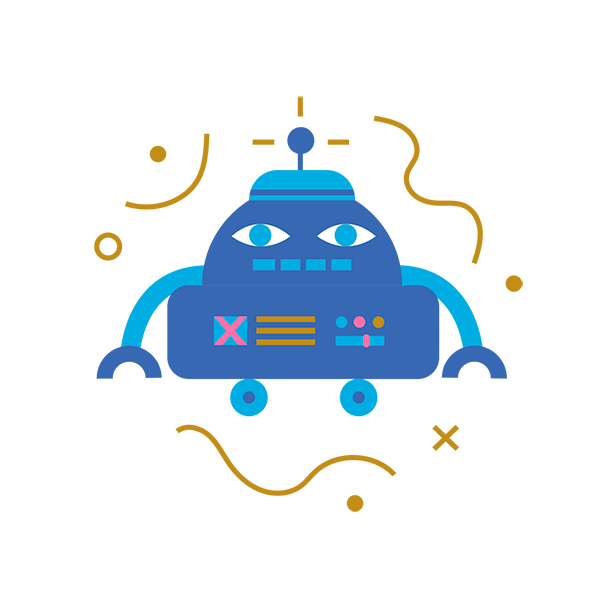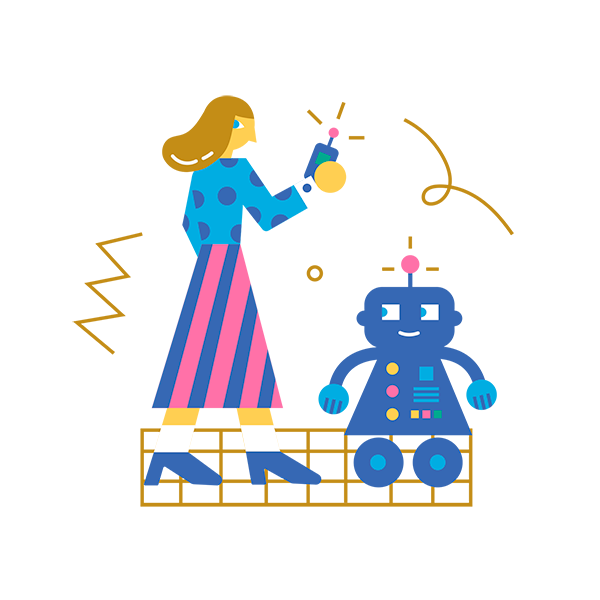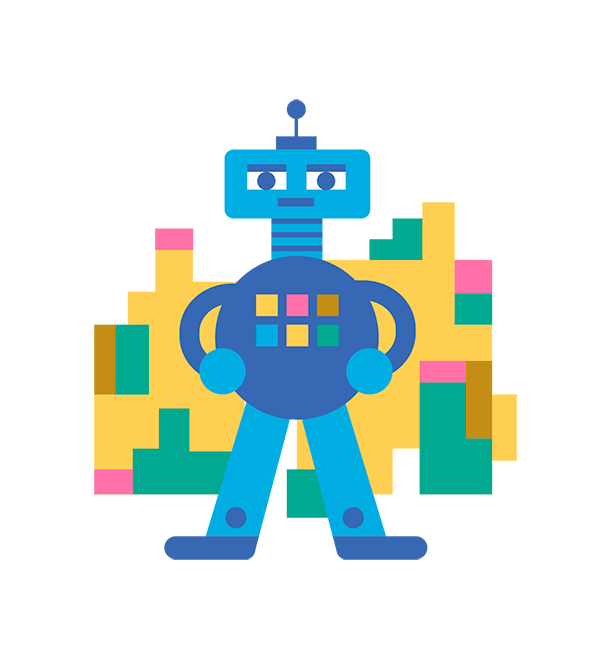Animal protection
Kaspersky loves animals. The company has organized a study of various pet trackers and found out how safe they are, because it’s scary to lose data due to vulnerability, but losing a pet is even scarier. That’s why we organized a campaign to tell people what they can do to avoid that.
people visited annual festival in Hudson, Massachusetts, in 2018

was raised with the help of Woofstock festival, sponsored by Kaspersky, for Buddy Dog Humane Society – an organization maintaining a shelter for homeless cats and dogs.
Kaspersky team was at the festival distributing frisbees, toys, balls and canned food for dogs, as well as cards with access codes for a free trial of Kaspersky Internet Security and information about pet safety risks caused by modern technologies. The team also gave away a GPS tracker as a prize in a charity lottery.







 Facebook
Facebook
 VK
VK
 Twitter
Twitter

It turns out that it is forbidden to cause harm to human beings. But what about animals? It would be good to prevent robots from harming all living creatures. However, since a significant part of humanity likes to eat certain animals, we could not, for example, use AI to fish. Therefore, we would need to make a distinction between the concept of "person/human" and "living creature".